(cont’d from “Thélèsphore Thibodeaux, a Black Creole family hero on post-Civil War Bayou Teche”)
Driving home from that Labor Day weekend with the Thibodeaux clan in Breaux Bridge, little images of things I’d seen in the house… glimpses of newspaper under the pealing wallpaper, a vegetable oil can, the worn nub of an old broom, began dancing around in my head like in the sorceror’s apprentice, trying to become a mixed-media sculpture.
A few phone calls later, and I had permission from Thelesphore’s granddaughter to forage to my heart’s content for materials in the house….which led to further visits, massive excavations, and a sculpture assemblage the size of a small room, all of which deepened my friendship with the 3 Thibodeaux siblings and the Vavasseur cousin who lived next to Thelesphore’s house.
I’ve told you a little about the Thibodeaux project in 3 previous blogs, the family research that widened into an archaeology dig, then branched off into a sculpture made from the artifacts found on the property. You’ll find the story of how it all started for me, with the Black Creole French family who owns the land on the Bayou Teche today, great-grandchildren of a white sugarcane planter named Onézime Elizée Thibodeaux and a slave woman named Elizabeth Lucas (sometimes Azor) born on the Thibodeaux family land in 1842 who lived together and raised 8 children together over a span of 30 years both before and after the Civil War. You’ll find the story of the succession and ensuing court case that tried to nullify the deathbed marriage of the old man, a marriage organized by their son Thélesphore, seen by his descendants today as the family hero, and the local priest, both of whom recognized that his family would otherwise be evicted from the only home and livelihood they had ever known. And you’ll find the story of Thélesphore and his house, the only remaining structure on the land today that exists from the turn of the century when those 8 children started raising families of their own on the land they did indeed inherit, remarkably, in 1895, 2 years after their father’s death.
And now I’d like to tell you about the Thibodeaux sculpture and how it has evolved into something that will probably be a work in progress for the remainder of the days I have left. I don’t pretend that it is visually beautiful in the traditional sense of art or aesthetics, though it certainly is interesting. It is an homage to a beautiful history, a cultural phenomena, and the family’s descendants today, across Louisiana, Texas, Arizona, even Michigan, who still keep the Bayou Teche farmland and their roots there in their hearts.
~~ ☙❦❧ ~~
The first dig was about 6 weeks after the Labor Day weekend of 2014, and I visited about every 6 weeks through the winter and spring, until early June when I shut down for the heat of the summer.
Not everything I found came from underground. I found things in Thelesphore’s house,
. . . in Paul Hypolite’s old sheds across the street,
. . . even in the St Martinville courthouse.
1810 bill of sale for Isabelle’s grandfather, 17-yr-old Azor from Congo, by Onezime’s father and 2 uncles
~~ ☙❦❧ ~~
When I got back home after each trip, I’d unload the car and lay everything out to get a final wet scrub and photo-shoot before bringing anything into the house.
Then, for the next 6 or 8 weeks until the next trip, I'd take piece at a time and soak/ trim/ cut/ sand/ grind/ hammer/ boil/ oven-cure/ chemical-strip it . . . whatever that piece needed.
(*Tedium for some, but very zen for me. And the before-and-after effect can't be beat for instant gratification.*)
The "materials management" part of the project goes like this after every trip, in a predictable and unproblematic manner. If only the "design" part were as easy. Originally, when I first glimpsed the inside of Thelesphore's long-abandoned, slowly collapsing house through the windows, I had wanted to make a sculpture, a "found-art assemblage" as they call it, from a few things I'd seen in the house . . . the end of a worn broom, a cutting board, a shutter slat, pieces of newspaper that was under the pealing wallpaper, etc. . . something that could sit on a pedestal.
But then I found a shed behind the house crammed to the roof with cool old stuff, and the family gave me permission to excavate.
So I fiddled and experimented, arranging and rearranging things, searching for interesting groupings.
I had no idea how much stuff would come of this as the scope of excavation widened and more and more trips were made. It wasn’t long before the ‘sculpture’ began to take on the dimensions of a whole-wall assemblage.
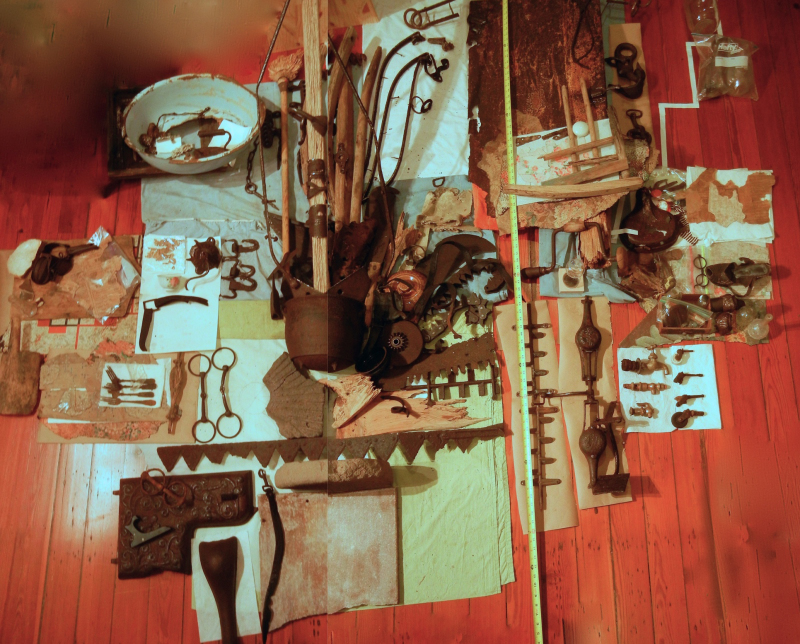
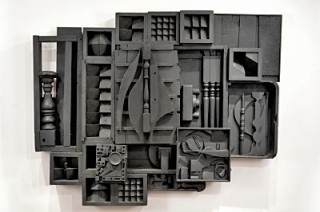
As the artifacts started sorting themselves into categories, the design of the piece began to take on the boxy sectional feel of a Louise Nevelson sculpture.
~~ ☙❦❧ ~~

About the same time as I realized the sculpture was no longer small enough to fit in anyone’s house, I heard that Breaux Bridge was just about to open their new library and wondered whether they might like to have a wall of archaeological art devoted to the history of a local family. The director’s reply of “Sure, why not” over the phone surprised and delighted me, and sent me happily off again to the races with design, stretching out across every inch of the studio, the sitting room a blizzard of styrofoam bits from the mock-ups I now needed to help my mind’s eye keep track of everything. Louise Nevelson’s inspiration kept pace.
And then the next trip, when I went to the library and called on the director in person and told him that the size of the assemblage had increased dramatically, he said, understandably, that he couldn’t forfeit that much wall space, which was needed for books, and could I possibly make it self standing, so he could put it in the middle of the floor somewhere. I immediately envisioned children bumping into it and having a stack of iron plough blades fall on top of them.
So I did alot of rethinking, and came up with the basic strategy of creating a long wall piece that could accommodate all heavy or dangerous pieces on or close to the floor, then folding it back in half, back to back, but not quite all the way . . . like a big “V” that could hold itself up. That way, people could walk inside and read notes on the back of each box identifying the items in each one, how they were used, whose they were and what years they would have been in use, cultural relevance to a Black Creole St Martin Parish family, even personal anecdotes the Thibodeaux trio has shared with me.
Then, with something two-sided to work with, an idea hit me that was going to complicate matters even further, an idea that set me on fire.
I had a diagram of a 1700s Acadian house foundation from an excavation report I found while I was doing research in Nova Scotia, the most complete depiction of an Acadian house. It represented perfectly what the home would have looked like that Thelesphore’s father’s ancestors, cousins Paul and Armand Thibodeaux, left behind when they left Acadia for Louisiana.
If I could find an African counterpart, something that represented what the home would have looked like that Thelesphore’s mother’s ancestor, her grandfather Azor, was abducted from when he was sold into slavery, I could put them on opposite sides of each other, a powerful homage to the heritage of Onesime and Elizabeth.
I knew that Azor, who was bought by Onezime’s father and 2 uncles in 1710 when Azor was 17, spoke the Benue-Congo language and was a Muslim, two things that rarely existed in the same place, but could have been linked through a trade route. And that’s where I found the Diy-Gi’d-Biy site, an excavation in northern Cameroon.
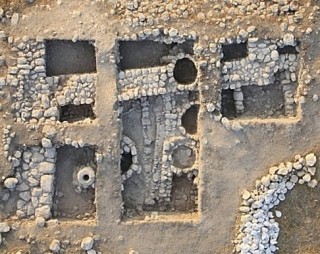
And if I made the excavations large, and embedded their outlines through the designs of many boxes, at a sunken level set back from the surfaces of the boxes that contained them, like a story beneath a story, then I could convey some of the fascination I feel when archaeology’s nice, neat square pits in the ground reveal past eras of people’s lives, sometimes multiple levels, sometimes centuries apart, hidden a few feet below our present-day footsteps.
So . . . to the beginnings of Stage 7, one of many experimental permutations of which look something like this. Won’t last long, though. I head to Breaux Bridge in a few days, the first week of September.
Talk to you later.
~~ ☙❦❧ ~~
As usual, thank you for sharing my journey into my family’s past and being interested.
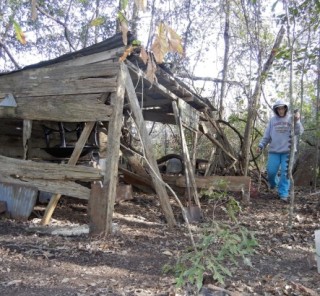
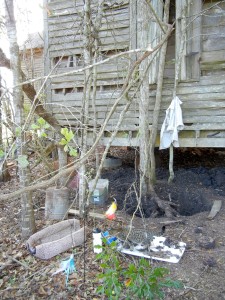
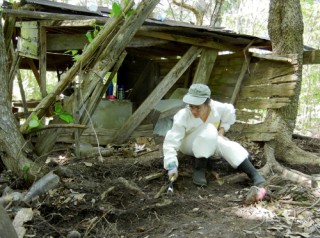
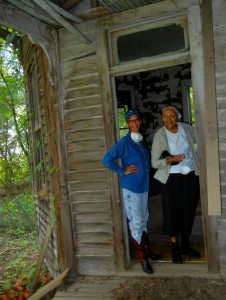
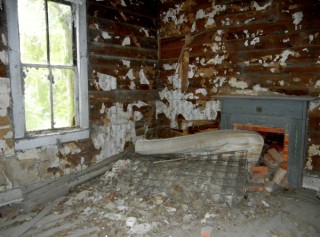
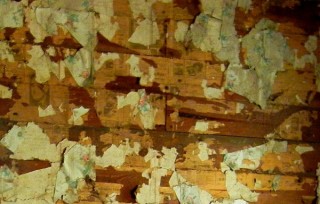
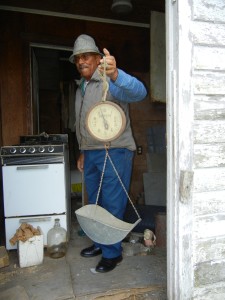
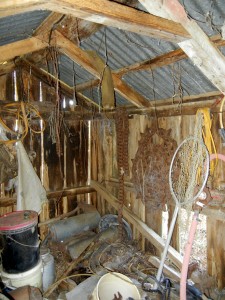
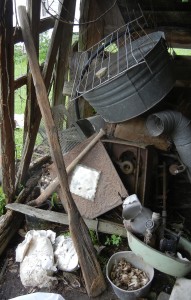
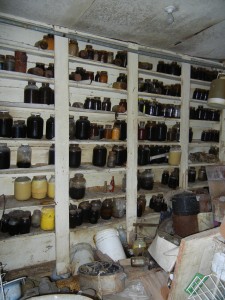
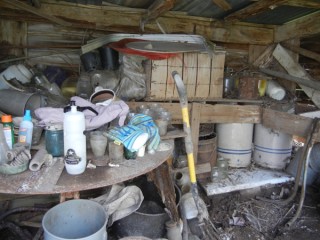
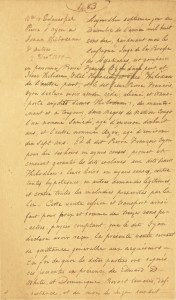
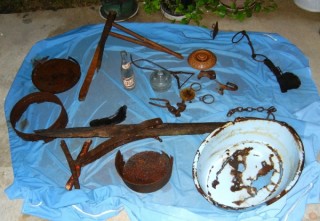
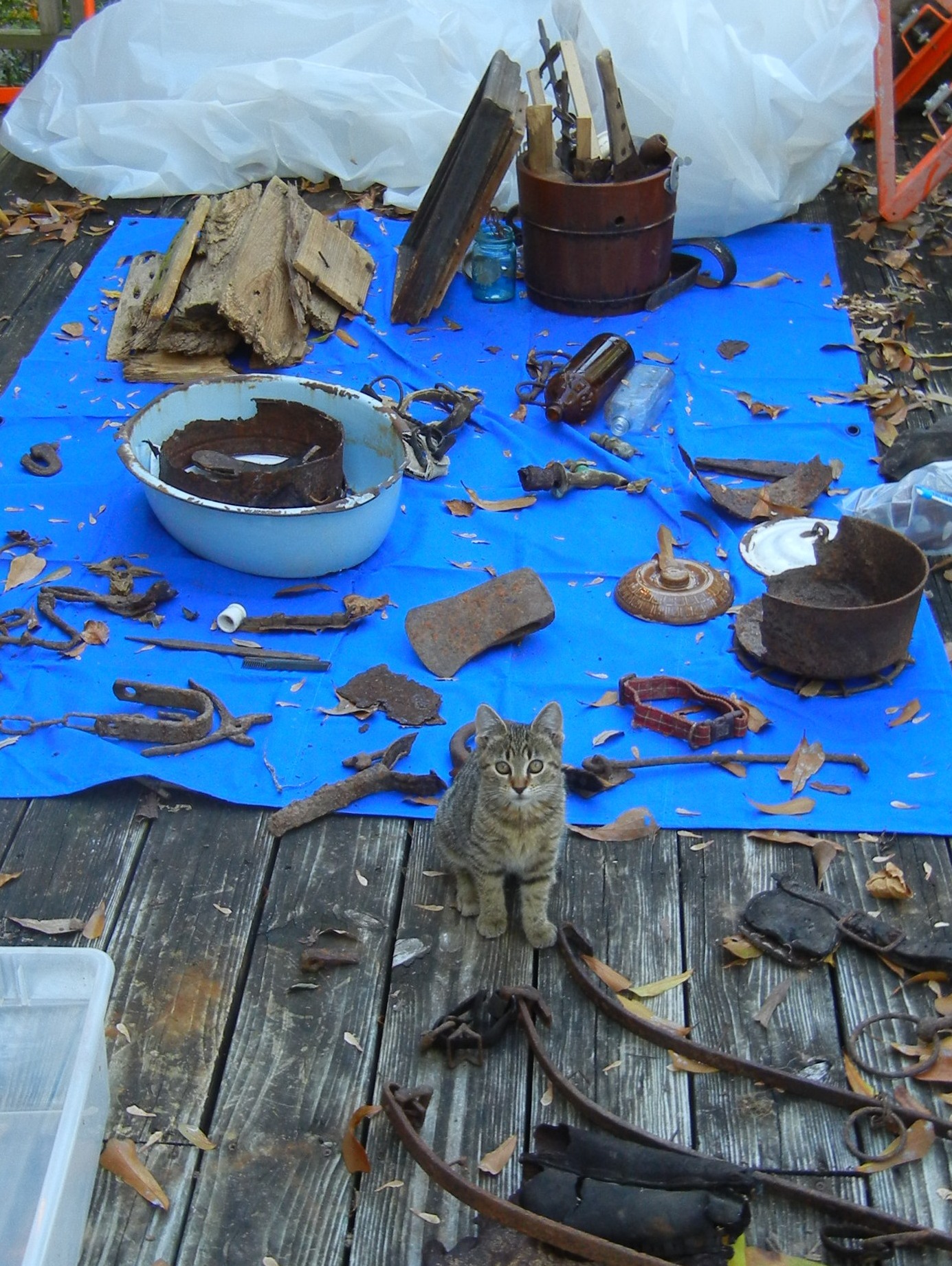
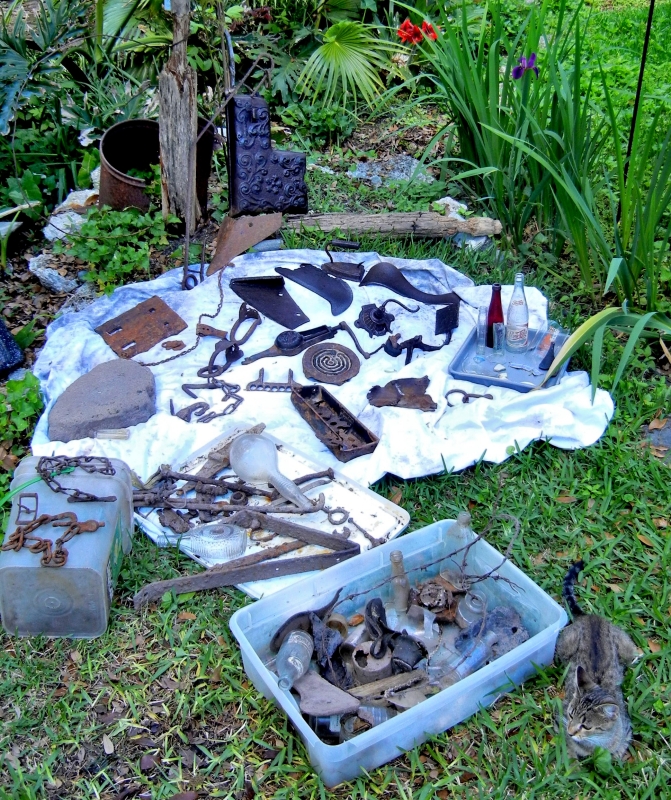
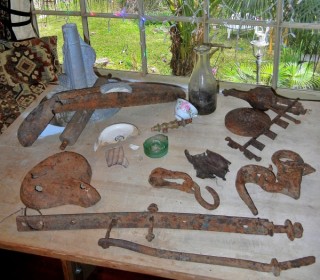
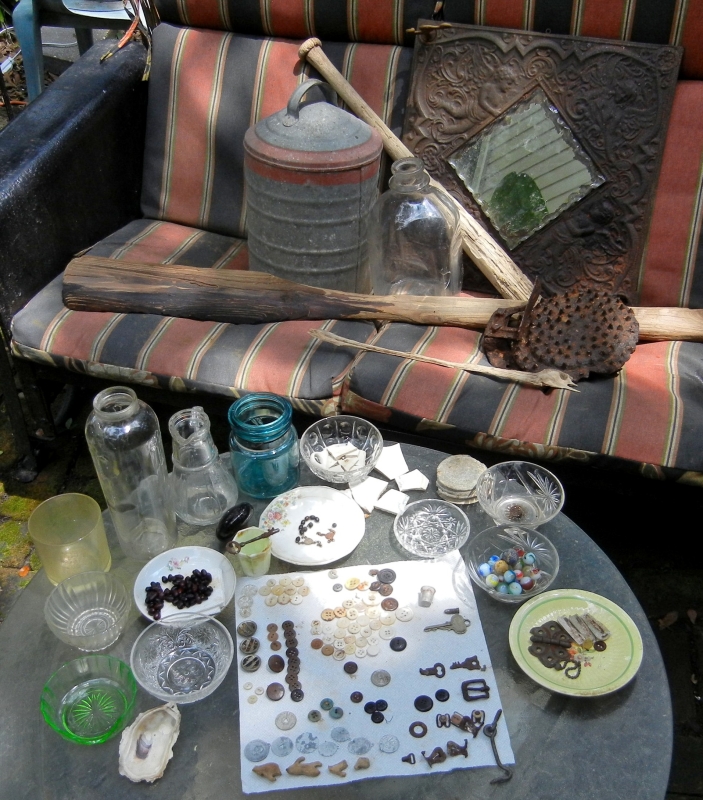
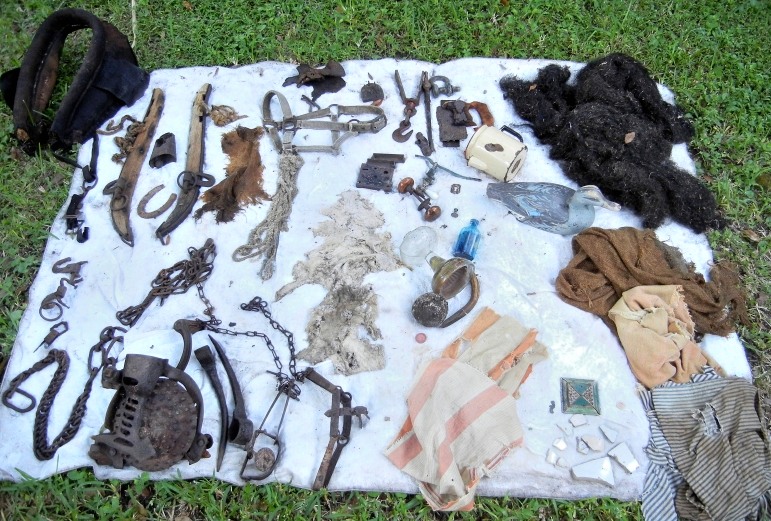
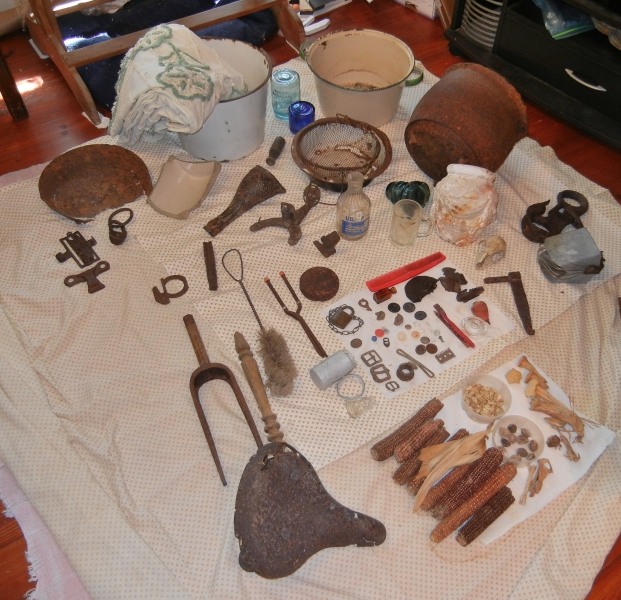
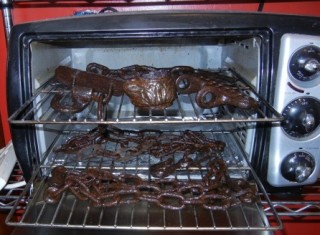
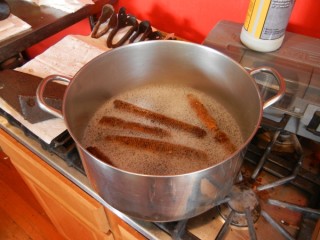
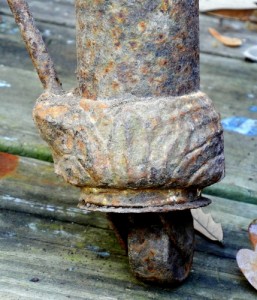
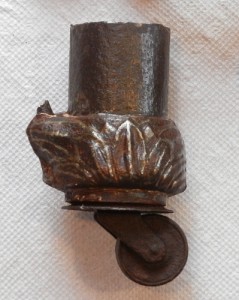
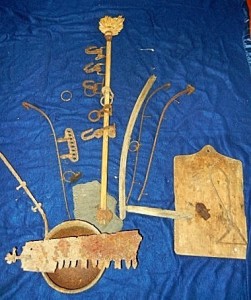
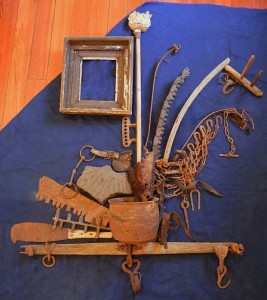
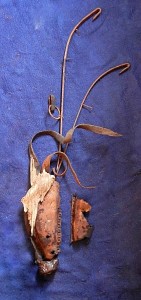
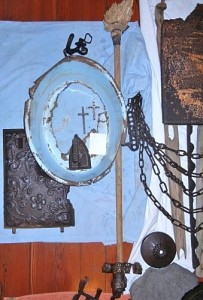
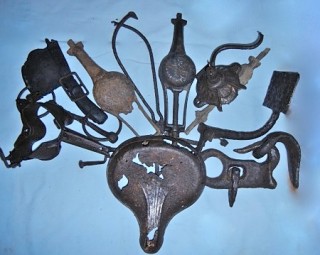
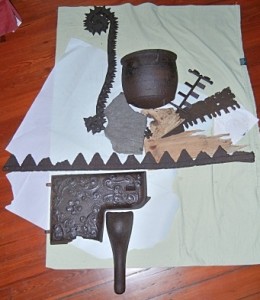
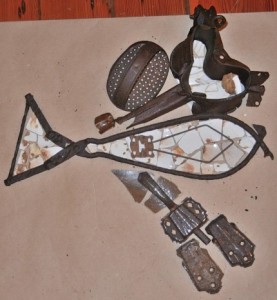
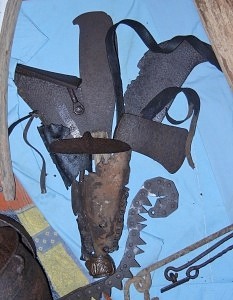
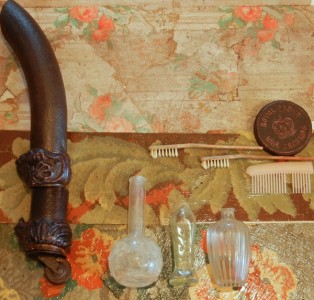
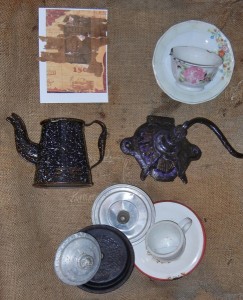
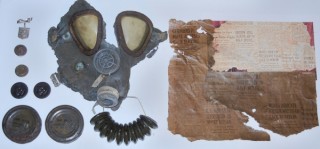
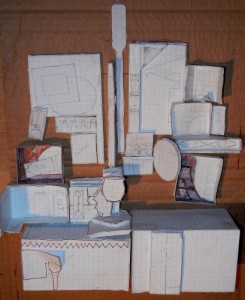
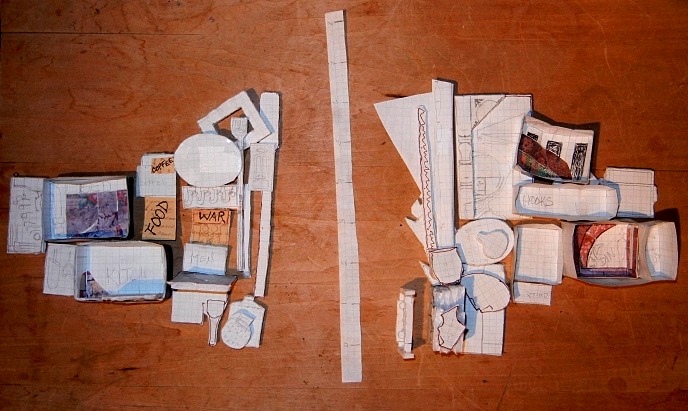
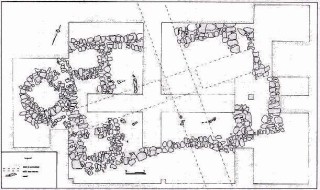
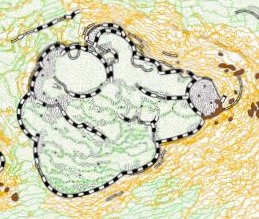
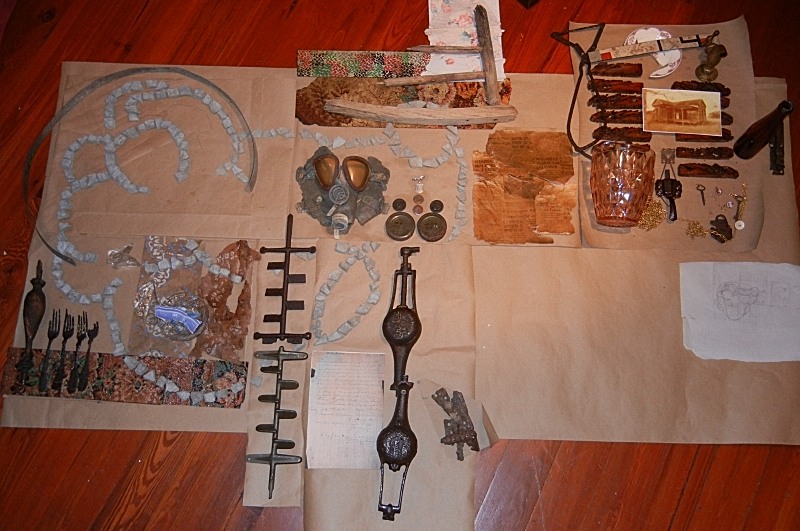
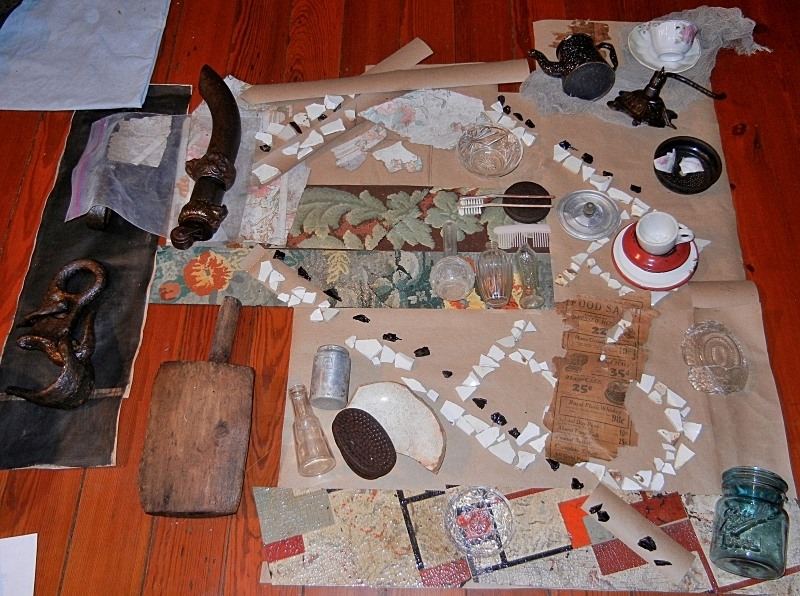
What a wonderful site to find. You’ve made my day. I couldn’t read it all today but I will be back when I figure out how we are related. My name is Nicole and I am researching my “good French Catholic” ancestors, Heberts from St. Martins. This is not yet crystal clear but so far it appears that my third great grandfather Charles Hebert married Anne Thibodeaux. They had twelve children. My great great grandfather Edgar J. Hebert Sr. married (Marie) Belzire Ledoux and they had thirteen children. I came to New Orleans for the first time and I visited Belzire and Edgar’s graves in the St Bernard cemetery right next to the church in Breaux Bridge in January of this year. I wish I’d found your site before I’d visited. Odds that were related?Thank you again.
Nicole, you are in my tree thur my mother side Dorothy Thibodeaux, her father Lionel Thibodeaux, father Leon Thibodeaux father Felix, father August’s Leon Thibodeaux, father Pierre Thibodeaux, father LAine, father,daughter Anne Marie, daughter Anne Marie Boudrot, son Charles Hebert 1750, son Charles Hebert 1779-1825, son Charles Hebert son 1803- marry Anne. If you are with this line you are related to Onezine Thibodeaux. This almost the same tree as mine.
Here is my email 1923dmoreau@gmail.com, I check more for you. Ty.
I think you after to go thru Marie Philomene Richard. I am not sure. Part me know.
Nicole, you are in my tree thur my mother side Dorothy Thibodeaux, her father Lionel Thibodeaux, father Leon Thibodeaux father Felix, father August’s Leon Thibodeaux, father Pierre Thibodeaux, father LAine, father,daughter Anne Marie, daughter Anne Marie Boudrot, son Charles Hebert 1750, son Charles Hebert 1779-1825, son Charles Hebert son 1803- marry Anne. If you are with this line you are related to Onezine Thibodeaux. This almost the same tree as mine. Here are Onezine Thibodeaux children, Oneziphore 1850-1909 died at the age of 59, Telesphore 1868, Felicia 1868 died at the age of 33, Telestia 1872, Paul Hypolite 1875-1950, Clarisse 1877, E.Charles 1881 Thibodeaux. I hope this help you. All of them from Breaux Bridge, St.Martin Louisiana.
Dorothy,
Thank you for this information. Sorry it took so long for me to return to Laura’s lovely site and find it.
I’ve sent a message to your email address.
Sincerely,
Nicole
Onezine Thibodeaux is in my family tree thgru my mother Dorothy Thibodeaux her Lionel Thibodeaux, his father Leon Thibodeaux, mother Marie Philomene Richard, her father Julie Babineau, mother Anne Guilbeau, her mother Madeleine Michel, her daughter Marie Anne Guilbault, her daughter Felicite Bernard, her daughter Marie Thibodeaux, then Onesime Thibodeaux.Onezine Thibodeaux father Elisee Paul Thibodeaux.
My Great Great grandfather Pierre Arceneaux sr son Pierre Jr married one of Onezeime daughters…I been researching Pierre Sr born 1832 married to celesie Jesse for years can anyone help me